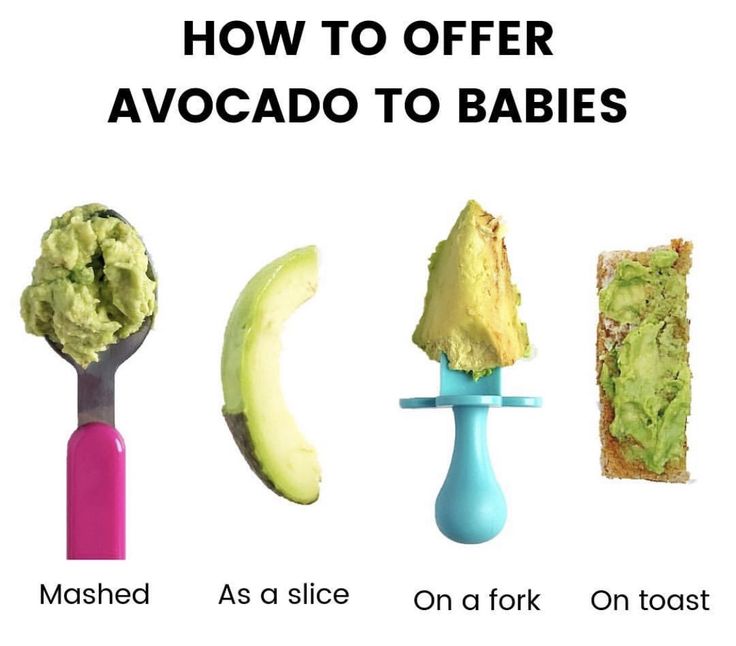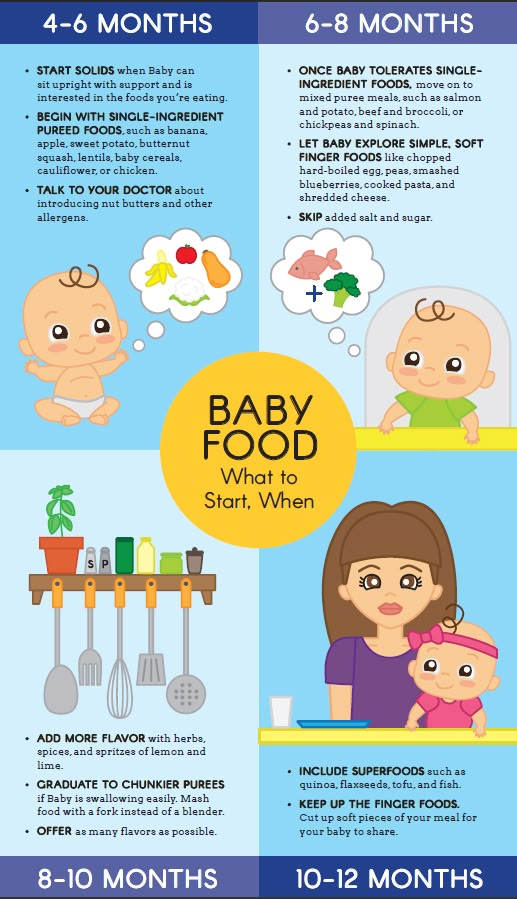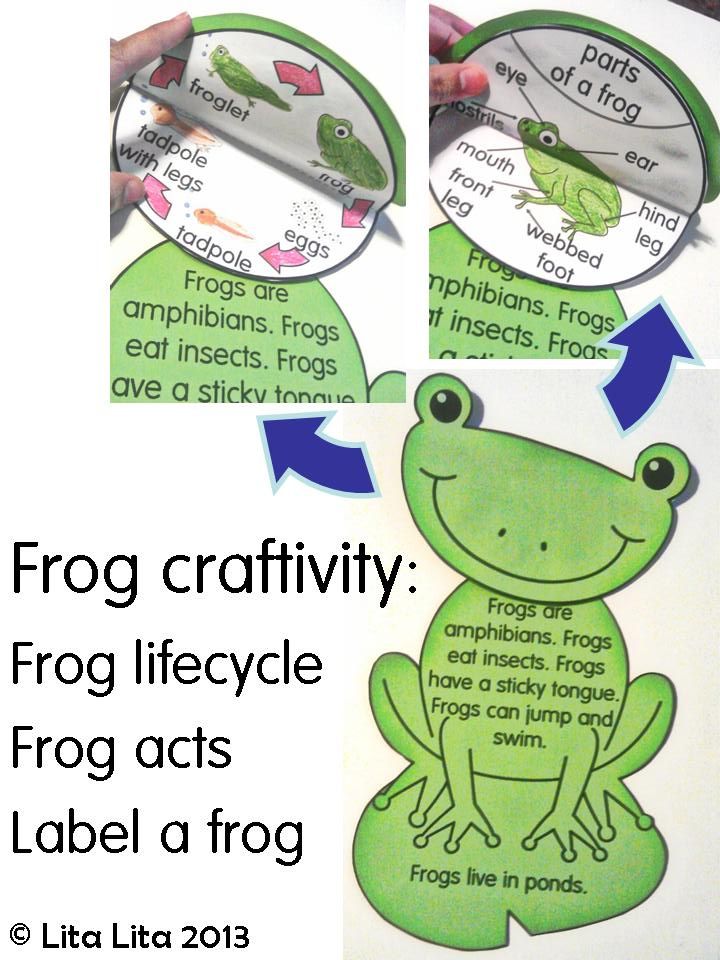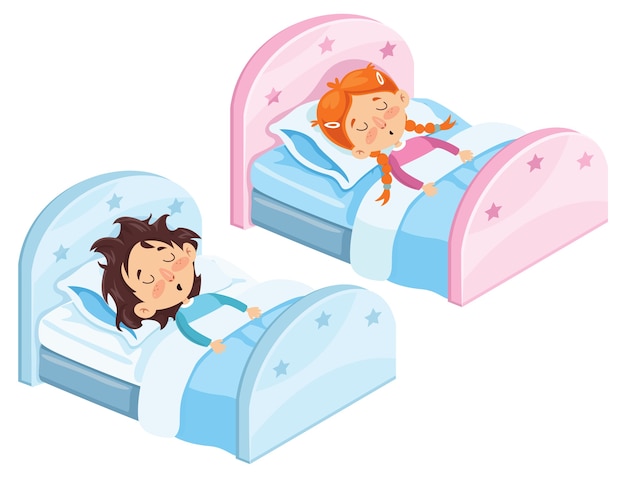Feeding carrots to babies
Carrots for Baby-Led Weaning (6+ Month)
These delicious Carrot Recipes for Baby-Led Weaning are the perfect finger foods for your baby! These 4 recipes are healthy, easy to make, and great to serve to your baby for baby-led weaning at 6+ months or as finger food at 9+ months.
Medically reviewed and co-written by Jamie Johnson, Registered Dietitian Nutritionist (RDN), and Lauren Braaten, Pediatric Occupational Therapist (OT).
Carrots for Baby-Led Weaning
Looking to serve carrots to your baby, but not sure how?
Then this complete guide on carrots for baby-led weaning is for you!
Below you will find everything you need to know on how to cook and serve carrots to your little one – the benefits of carrots, how to serve them to your baby for baby-led weaning, how to store these recipes, FAQs and so much more!
First time making homemade baby food? Then, I would suggest that you start by reading my very in-depth Complete Guide to Baby-Led Weaning – which covers what exactly is baby-led weaning, to every parent’s concern of baby-led weaning and choking, this guide goes over it all. I will also share how to know when baby is ready for BLW, the top 10 best first foods, a helpful sample blw feeding schedule, helpful tools to have on hand, and much much more! You can also check out my best-selling cookbook for even more information and recipes!
Carrots for Baby-Led Weaning Video
Watch this video to see how easy it is to make and serve carrots to your baby!
Reason to Love Carrots for BLW
- great for baby-led weaning – 6+ months
- also great for the finger food stage – 9+ months
- full of essential nutrients for baby
- different ways for baby to self-feed
- easy to make
Health Benefits of Carrots
Carrots are full of essential vitamins and minerals for your baby.
- They contain a ton of beta-carotene, the precursor to vitamin A, which is necessary for protecting eye health and immune function.
- High source of antioxidants to help strengthen immunity
- Good source of fiber, which helps keep the digestive system working properly
- High in vitamin K, which is necessary for blood clotting
- Contains calcium to help strengthen bones
Best Carrots to Use
While the standard orange carrot is widely available and at a very reasonable price, you can use any of the 40 different carrot varieties if you can find them in your area or grow them.
Here are some great options:
- Indigo
- Sunlite
- Creme de Lite
- Inca
- Navajo
Spices to Add
Adding spices to your baby’s foods is a great way to introduce more complex flavors at an early age. Some great spices and herbs to add to cooked carrots are a pinch of cinnamon, cloves, mild curry, garlic powder, and cumin or you can add in a pinch of chopped fresh rosemary, chives, mint, basil or you can even add in the greens from the carrots.
Carrot Tip: since carrots are on the EWG dirty dozen list, I would recommend serving organic carrots to your baby if your budget allows.
Frequently Asked Questions
Can carrots be baby’s first food?
Carrots can 100% be your baby’s first food if you want it to be. It is recommended to wait to introduce the top eight allergen foods to your baby once a few other well-tolerated foods have been introduced, but otherwise foods can be introduced in any order so choose whatever you are most excited for your baby to have.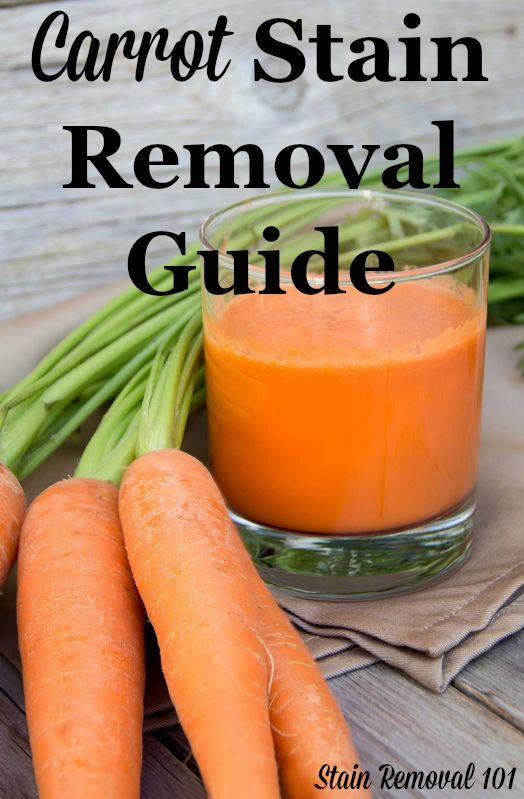
Are carrots a common allergen for baby?
No, carrots are not a common allergen, however, as with any food, start with a small portion and be aware of any signs that might be an allergic reaction after introducing it.
Do carrots cause constipation for babies?
Steamed carrots, though unlikely, may cause constipation in some babies, so avoid giving too much.
Are carrots a choking hazard for babies?
Yes, raw carrots can be a choking hazard for babies and children. For safe ways to prepare carrots for your baby, see my recommended recipes below, and always be near baby or toddler when they are eating.
How to Prepare Carrots for Baby-Led WeaningThere are several different ways to prepare carrots for your baby. Here are some of my favorite ways:
- Steamed
- Grated
- Roasted
- Boiled
- Spiralized
- Mashed Carrots with Ricotta and Chives
The goal is to cook the carrots until they are soft enough for your baby to eat (or gnaw on) yet still firm enough for your baby to pick and self-feed. For babies 6 months and up using their palmar grasp, you can serve cooked carrots in long strips or for babies using their pincer grasp you can serve them carrots grated, spiralized or cooked carrots mashed and served to your baby on a self-feeding spoon. While it is completely safe to serve your baby cooked and grated carrots at 6 months, most babies are still working on their pincer grasp, and picking up tiny pieces of carrots may be frustrating for some babies.
For babies 6 months and up using their palmar grasp, you can serve cooked carrots in long strips or for babies using their pincer grasp you can serve them carrots grated, spiralized or cooked carrots mashed and served to your baby on a self-feeding spoon. While it is completely safe to serve your baby cooked and grated carrots at 6 months, most babies are still working on their pincer grasp, and picking up tiny pieces of carrots may be frustrating for some babies.
Carrot Puree: You can offer purees and still allow your baby to lead the way with self-feeding by offering thee puree on a self-feeding spoon, by placing a few spoonfuls of the puree directly on the tray or in a bowl for your baby to dip their fingers into, or you can even use the puree as a dip for solid foods such a banana or piece of toast.
Helpful Tools for Baby-Led WeaningHere are some products that help you make and serve carrots to baby even easier! To find even more products that I love, make sure to check out my online shop.
- highchair
- baking sheet
- easy to hold fork and spoon
- GOOtensils
- bowl or sectioned plate
- open lid cup
- bib with catch pocket
- sleeved bib
- splat mat to cover the floor
Baby-Led Weaning Feeding Tips
- Watch for signs that your baby is ready to start solid foods, usually around 6 months of age. Look for sitting with minimal assistance, good control of their head and trunk, bringing hands and toys to their mouth, and appearing interested in what you are eating.
- Understand the difference between gagging and choking – including the signs of each and how to respond.
- Serve and cut foods to help with grasp and minimize frustration – cut food into 2-3′ strips or sticks (about the size of 2 adult fingers) for babies 6-9 months old. You can shred or cut foods into pea sized pieces once baby reaches 9-12 months old to promote fine motor grasp.
- Have a plan for making clean-up easier, such as bibs that double as “food catchers,” a large mat underneath the highchair, a good vacuum, or a helpful dog! It might feel tempting to do so, but hold off on wiping your baby’s face and hands until the end of the meal.
 You might even consider taking your baby to the sink and letting them rinse their hands and face there afterward.
You might even consider taking your baby to the sink and letting them rinse their hands and face there afterward.
How to Serve Carrots for Baby-Led Weaning
Carrots can be a choking hazard for your baby, regardless if you are doing baby-led weaning starting at 6 months or during the finger foods stage at 9 months, so it is important to cook and serve them properly.
Quartered in Long Sticks (6+ months): cooked carrots that are bigger in size, usually quartered and 4-5 inches is best to serve to babies 6+ months or just starting on solid foods. It’s best to start your baby with a bigger piece of cooked carrots so your baby can chew, gnaw and take bites without them being a choking hazard.
Grated (6+ months): while it is perfectly safe to serve your baby cooked carrots that have been grated, most babies are still working on their pincer grasp, and picking up tiny pieces of carrots may be frustrating for some babies.
2-3 Inch Sticks (9+ months): you can serve baby smaller cooked carrots, 2-3 inch sticks, around 9 months of age.
Chopped into Small Pieces (9+ months): smaller ‘pea’ size pieces of cooked carrots can be served to your baby around 9 months of age so they can start working on the pincer grasp.
Raw (18-24 months): uncooked or raw quartered carrots can be served to toddlers while being supervised.
Steamed Carrots with Carrot Greens
Steamed carrot halves or quarters are a fast and simple way to serve carrots to your baby or toddler. You can toss the fork-tender carrots with a drizzle of olive oil and add a pinch of your favorite spice or herb (see recommendations below).
To make (get the full recipe below): peel and cut carrots in half or quarters and steam until soft. Let cool. If you want, you can toss the carrots with a little olive oil or butter and then add in a pinch of chopped carrot greens.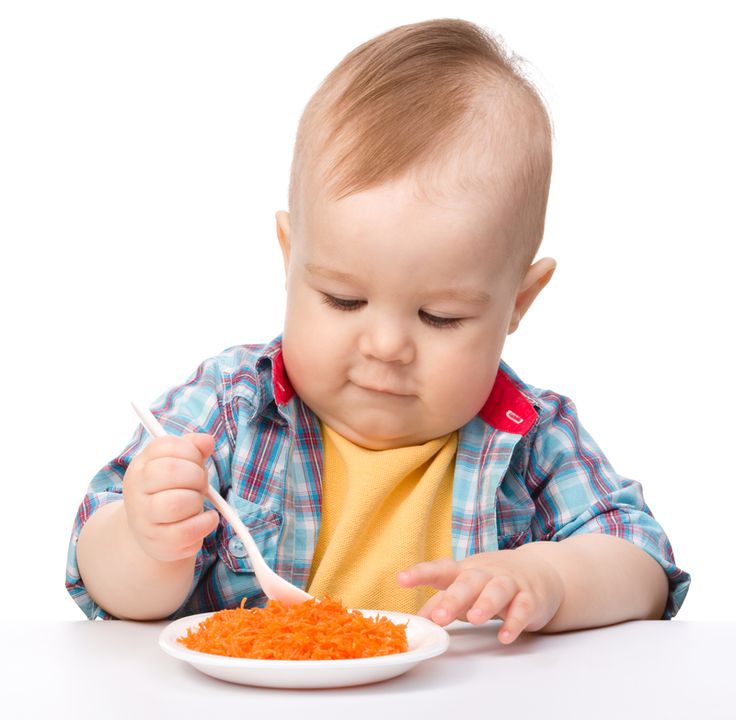
Grated Carrots
Grated carrots are a great way to vary the way you serve carrots to your baby. While your baby can have grated carrots at 6 months of age, it’s easier for your baby to pick them up around 9 months once their pincer grasp starts developing. You can also add grated carrots to greek yogurt, ricotta, or cottage cheese and serve to your baby in a bowl to eat with their hands or you can load it onto a baby-led weaning spoon for them.
To make (get the full recipe below): gently steam whole carrots, let cool and then grate.
Steam Roasted Carrots
While you can serve baby roasted carrots, I really love to use a technique called steam roasting for younger babies, as sometimes the roasted brown parts of the carrots can get too hard for your baby. To steam roast carrots, you will place halved carrots on a baking sheet before covering the baking sheet in tinfoil. The tinfoil will trap the moisture from the carrots which will keep them soft.
To make (get the full recipe below): peel and cut carrots in half. Drizzle the carrots in a little olive oil and lay the halves on a baking sheet. Roast for 25-30 minutes, let cool and serve to baby.
Spiralized
If you’re feeling extra, then bust out your spiralizer and turn an ordinary cooked carrot into something extraordinary!
To make (get the full recipe below): gently steam carrots and then spiralize with a spiralizer.
Mashed Carrots with Cottage Cheese and Chives
A fun flavor combination – carrots, cottage cheese and chives! You can serve this mashed meal in a bowl for your baby to eat with their hands or you can load it onto a baby-led weaning spoon for them. You can also mix the mashed carrots with ricotta, plain yogurt or hummus and add in a pinch of your favorite spices or herbs.
To make (get the full recipe below): place a spoon full of whole-fat plain cottage cheese and a pinch of chopped chives in a bowl. Add in some mashed cooked carrots (steamed or roasted work in this recipe) and mix.
Add in some mashed cooked carrots (steamed or roasted work in this recipe) and mix.
Or watch the shortened video here.
Steamed Carrots
- 2-3 carrots, peeled and sliced in half lengthwise
- 1 tbs olive or avocado oil (optional)
- pinch finely chopped carrot greens, or other fresh herb of choice (optional)
Steam Roasted Carrots
- 2-3 carrots, peeled and sliced in half lengthwise
- 1-2 tsp olive or avocado oil
Spiralized Carrots
- 1-2 large carrots, peeled
Mashed Carrots with Cottage Cheese & Chives
- 1 cooked carrot peeled and either steamed, steam roasted or roasted
- 2 tbsp whole milk plain cottage cheese (or whole milk ricotta, yogurt or plain hummus)
- pinch finely chopped chives
Steamed Carrots
In a medium saucepan, bring 2" of water to a boil over high heat.
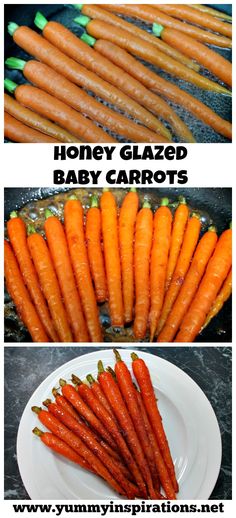 Add a steamer basket and add the large halves of the carrots into the basket in a single layer. Cover and cook for 10-12 minutes or until tender when pricked with a fork. Remove from heat and let cool.
Add a steamer basket and add the large halves of the carrots into the basket in a single layer. Cover and cook for 10-12 minutes or until tender when pricked with a fork. Remove from heat and let cool.If adding spices or herbs, take the carrots and toss in the olive oil and carrot greens (or other spices or herbs of your choice, see below for some other suggestions).
Slice or chop the carrots to be age-appropriate for your baby. Serve and enjoy.
Steam Roasted Carrots
Preheat oven to 425°F. Line a baking sheet with parchment paper, silicon mat or spray with cooking spray. Place the carrot halves onto the baking sheet.
Drizzle the carrots with the oil and gently toss until the carrots are well coated.
Cover the baking sheet tightly with a piece of tin foil.
Place the baking sheet in the oven and roast for 25-30 minutes or until tender when pricked with a fork. Let cool and cut to an age-approate size for your baby.
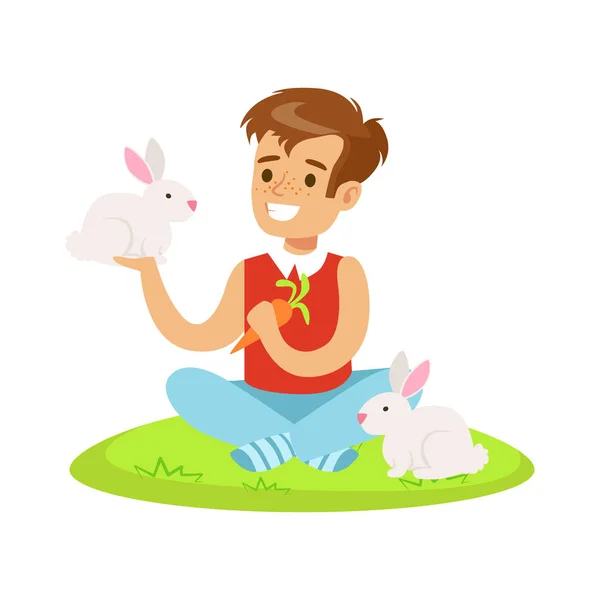
Spiralized Carrots
In a medium saucepan, bring 2" of water to a boil over high heat. Add a steamer basket and add in 1-2 large carrots into the basket in a single layer. Cover and cook for 5-7 minutes or until the carrots are just tender when pricked with a fork. Remove from heat and let cool.
Using a sprializer, spiralize the carrots into long thin strips.
Mashed Carrots with Cottage Cheese & Chives
On a cutting board, take a cooked carrot (steamed, steamed roasted or roasted) and mash with the back of a fork until it is a chunky puree consistency. Add the carrot mash to a small bowl. Add in the cottge cheese and chives.
Mix the carrots, cottage cheese and chives together until well incorporated. You can serve this to your baby with a baby feeding spoon or place some dollaps on their high chair and let them eat and explore it with their hands.
Age: 6+ months
Yield: 3-4 small portions for baby
Storage: you can store these recipes in the fridge in an air-tight container for up to 3 days.
Spices/Herbs: Adding spices to your baby’s foods is a great way to introduce more complex flavors at an early age. Some great spices and herbs to add to cooked carrots are a pinch of cinnamon, cloves, mild curry, garlic powder, and cumin or you can add in a pinch of chopped fresh rosemary, chives, mint, basil or you can even add in the greens from the carrots.
Nordic Ware Baking Sheet
Tripp Trapp High Chair
NumNum Pre-Spoon GOOtensils
Bumkins Baby Bowl
Did you make this recipe?
Tag @babyfoode on Instagram and hashtag it #babyfoode!
Pin Recipe Email a Friend
Carrots for Baby Led Weaning (with Recipes)
By Min On , Updated
This post may contain affiliate links. Please see our disclosure policy for more details.
Please see our disclosure policy for more details.
Share or Save It for Later!
Jump to Recipe
Carrots are the perfect finger food for babies. Here's how to cook it as well as serving suggestions for 6 months and up.
Jump to:- When can babies eat carrots?
- Health Benefits
- Are carrots safe for babies?
- Cooking Methods
- How to serve for Baby Led Weaning
- Frequently Asked Questions
- Carrot recipes for babies
- How to Cook Carrots for Babies
When can babies eat carrots?
This nutritious vegetable can be offered to babies as soon as they’re ready to start solids, usually around 6 months. It’s important to remember that your baby is unique and that rather than going by the calendar, you need to make sure your baby is DEVELOPMENTALLY ready to start solids.
If you’re unsure, be sure to grab my FREE handout!
Health Benefits
Just like sweet potatoes, carrots are one of the best food sources of beta-carotene.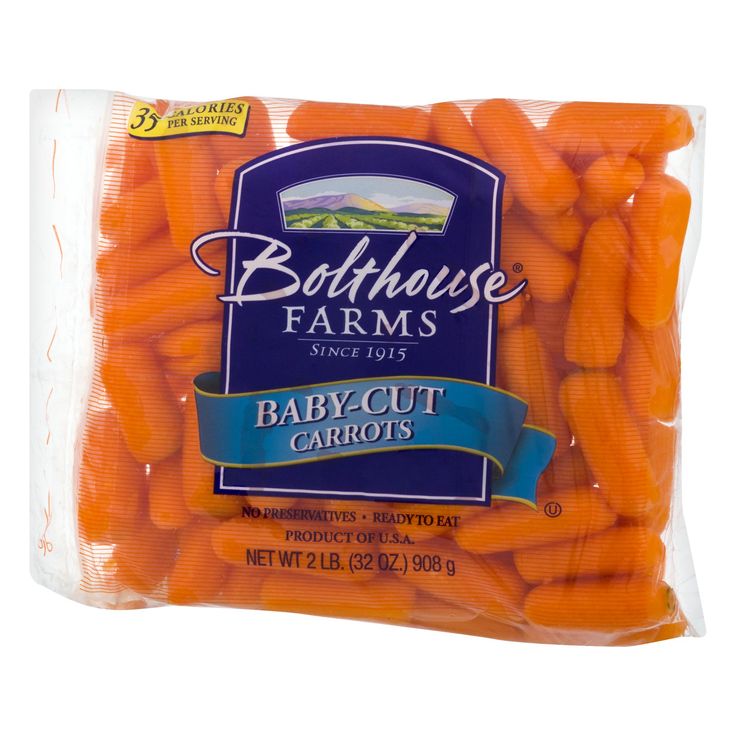 Once consumed, the body converts it to vitamin A, which is key for good vision, cell growth, and a healthy immune system.
Once consumed, the body converts it to vitamin A, which is key for good vision, cell growth, and a healthy immune system.
They are also a good source of several B vitamins, vitamin K, potassium, and fiber.
They come in different colors and are all wonderful to introduce to your baby. They contain similar vitamin and mineral content, but where they differ is their antioxidant profile.
The orange-fleshed ones are rich in carotenoids whereas the purple varieties are rich in anthocyanins. White-fleshed carrots have the lowest amount of antioxidants.
Are carrots safe for babies?
Raw carrot sticks and baby carrots are choking hazards, so it's important that they are offered in an appropriate size and texture. Let me show you how! It is also not a common allergen.
Note that carrots (organic and conventional) contain arsenic and other heavy metals that are found in the soil and water. While this may be concerning, it's nearly impossible to avoid these contaminants.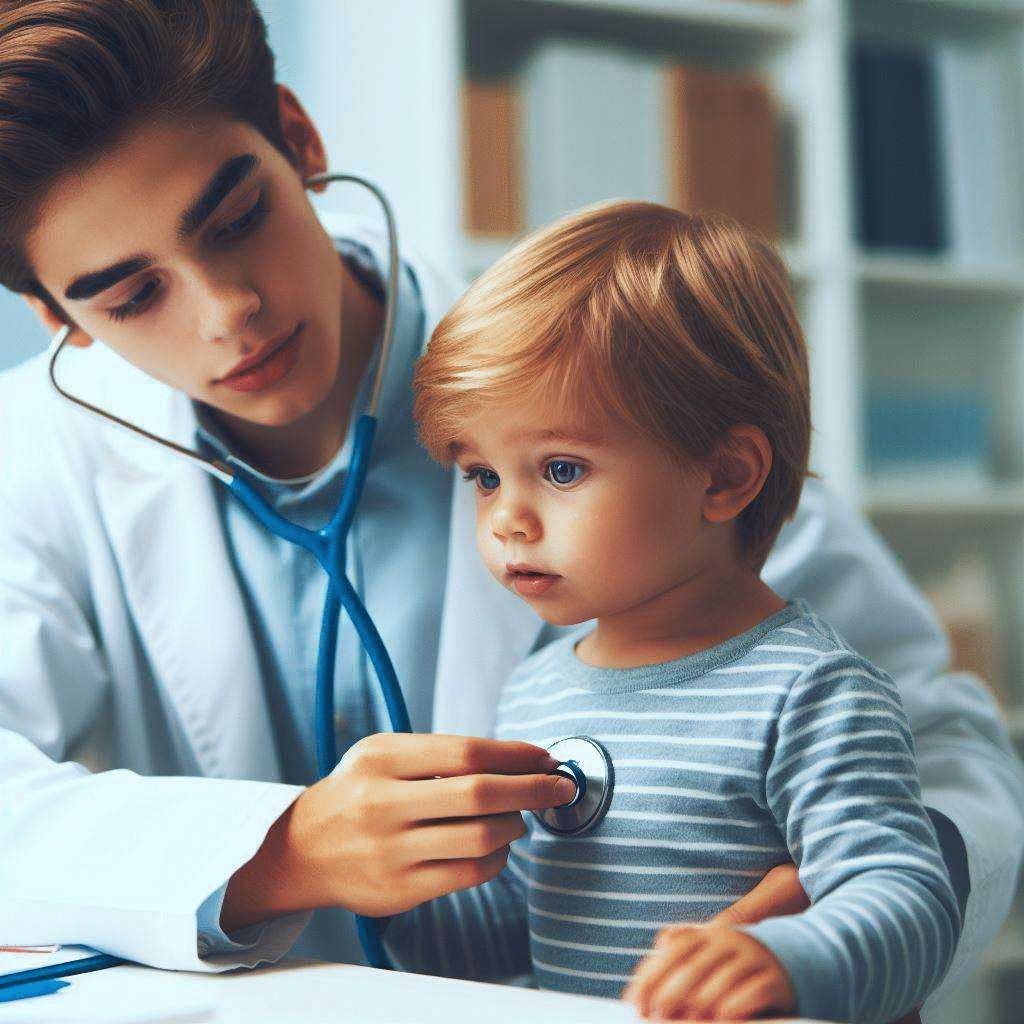 So DON'T stop offering!
So DON'T stop offering!
Just like with rice, as long as you are offering a wide variety of foods and not serving carrots all the time, there's no need to worry.
Cooking Methods
Here are the two best cooking methods for babies. It's VERY important that the vegetable is cooked until soft enough to be easily smooshed between thumb and forefinger.
I personally don't recommend roasting carrots for this age as the exterior of the vegetable can get too crispy or even burnt before it softens. You can boil, but I don't recommend it as most of the nutrients will leach into the water.
In regards to size, cut into big strips. Once cooked, you can cut into smaller pieces depending on your baby's age. This way you can serve both big and small pieces as I suggest below.
Steam
Place water in a pot, add steamer basket, and bring to a boil. Add carrots, cover, reduce heat to medium, and cook for 15-20 minutes. It should be easily pierce-able with a fork.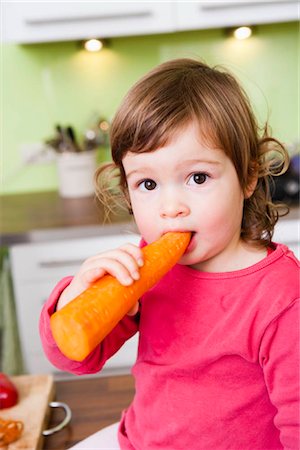
Steam roast
This method is my personal favorite! If you are new to this cooking method, there is no need to feel intimidated. It's SO easy to do, and much more flavorful than plain steaming.
Plus you can toss the carrots with oil, which will aid in the absorption of vitamin A, a fat-soluble vitamin.
How it works:
The hot oven and moisture from the veggies create steam (once covered) making them soft, but because they’re roasted, the flavors become more concentrated.
Simply add carrots to a baking pan, toss with oil and seasoning(s) of choice, COVER, and roast at 425°F for 15-20 minutes! Perfectly soft and flavorful!
It's ok if they overlap a little bit. It will create more steam resulting in softer carrots.
Learn more about steam roasting as well as cooking times for ALL other vegetables
How to serve for Baby Led Weaning
6+ months old
Pureed - Add cooked carrots into a blender and blend until smooth.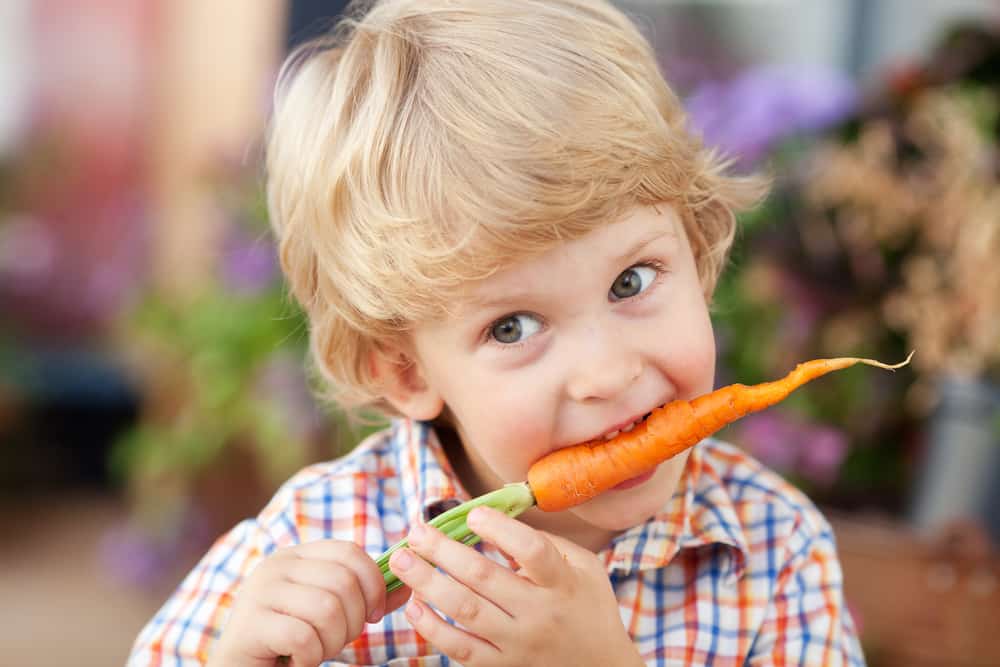 Add breastmilk/formula, water, or even broth to thin out to desired consistency.
Add breastmilk/formula, water, or even broth to thin out to desired consistency.
Mashed - Whether you are advancing in texture after doing purees or starting with baby led weaning, this is such an easy and versatile way to serve carrots to your baby.
Finely grated - I like to use a lemon zester or the smallest hole in the box grater.
You can add mashed or finely grated carrots to:
- Homemade baby oatmeal
- Quinoa
- Lentils
- Chia Pudding
- Overnight oats/quinoa
- Toast
- Yogurt
- Vegetable omelette
6-9 months old
Bigger is better and safer at this age so your baby can easily grab the food with their palm and bring to mouth.
Cut into big strips (at least 1 inch in width). Again, the carrots should be easy to smush between your thumb and forefinger.
Once your baby has had more experience with texture, you can try offering shredded carrots by using the small or larger hole on the box grater.
Related: Right food size and texture for baby led weaning
Examples
These are actual plates that I served to my daughter at this age. If interested in learning more, check out my 3 month meal plan.
- A big carrot strip + Quinoa carrot ricotta fingers + yellow squash
- Add to baked goods: Veggie chickpea sticks (from my Beginner Bites cookbook) + broccoli
- Chop and add to any family meals
- Add finely grated carrots to other foods: Overnight carrot cake oats
9+ months old
As your baby develops their pincer grasp and is able to pick up small pieces of food using their thumb and finger, you can cut into small, bite-sized pieces. I still suggest continuing to offer larger pieces so they can practice taking bites.
I emphasize this because my son was the ultimate shoveler, and cutting into small pieces only made it worse. With my second baby, I offered her large pieces along with bite-sized pieces, and it’s definitely helped her to slow down and to take bites rather than shovel.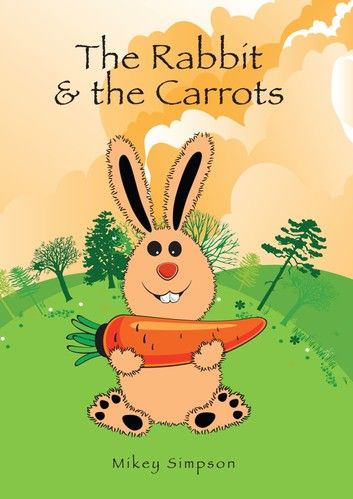
If you haven't already, this is a good time to introduce utensils. Your baby will most likely just play around or toss it. But it’s still great for exposure!
Try forking a piece of carrot and plate on their plate. Be sure to continue modeling. They are like sponges and learn by watching you!
Pictured: lentil balls with Indian Spiced Roasted Cauliflower and Carrots
Frequently Asked Questions
Can carrots make babies gassy?
It can do to its high soluble fiber content. However, just like with broccoli and beans, you shouldn't eliminate them completely.
If your baby is gassy but doesn't seem to be in discomfort, there's no reason to worry. If your baby is extra gassy after eating carrots, you can cut back on how frequently they are served.
When can babies have raw carrots?
There is no set timeline as to at exactly what age you should try offering them. That's because every child is different. It depends on many different factors, such as the number of teeth and your child’s eating/chewing skills.
That's because every child is different. It depends on many different factors, such as the number of teeth and your child’s eating/chewing skills.
So be observant, stay close, and move forward as you and your child feel confident and ready. Here's how to introduce raw vegetables to your toddler.
How should I store leftovers?
Transfer to an airtight container and keep in the fridge for up to 5 days. Since they're very soft in texture, I don't recommend freezing them. If you have a lot of leftovers and want to invite more variety, add them to the recipes I suggest below!
How should I reheat leftovers?
I suggest reheating very briefly in the microwave. Otherwise, the carrots will get too mushy. I like to serve straight from the fridge or allow to come to room temperature.
Carrot recipes for babies
Breakfast/Lunch
If you want to learn how to prepare other specific food(s), check out my How To Series!
How to Cook Carrots for Babies
Carrots are the perfect finger food for babies. Here's how to cook it as well as serving suggestions for 6 months and up.
Here's how to cook it as well as serving suggestions for 6 months and up.
5 from 1 vote
Print PinPrep Time: 5 minutes
Cook Time: 20 minutes
Total Time: 25 minutes
Servings: 6
Author: Min | MJ and Hungryman
- ▢
Baking Mat
- ▢ 2 medium carrots, sliced into thick strips
- ▢ 1 tablespoon oil (for steam roast)
- ▢ seasoning(s) of choice (for steam roast)
Steam
Place water in a pot, add steamer basket, and bring to a boil. Add carrots, cover, reduce heat to medium, and cook for 10-15 minutes. It should be easily pierce-able with a fork.
Steam roast
Add carrots to a baking pan, toss with oil and seasoning(s) of choice. It's ok if they overlap a little bit. It will create more steam resulting in softer carrots.
COVER with baking mat, and roast at 425°F for 15-20 minutes, until fork tender.
To store: Transfer to an airtight container and keep in the fridge for up to 5 days. Since they're very soft in texture, I don't recommend freezing them.
Since they're very soft in texture, I don't recommend freezing them.
Calories: 29kcal | Carbohydrates: 2g | Protein: 1g | Fat: 2g | Sodium: 14mg | Vitamin A: 3397IU
Course Side Dish
Cuisine American
Tried this Recipe? Tag me Today!Tag me @KidFriendly.Meals today!
Share or Save It for Later!
Share: [addtoany]
About Min
Thank you so much for stopping by! I am Min, a Registered Dietitian, a Christ follower, a wife, and a mom to our two miracle babies! Currently, I’m having a ton of fun feeding their tummies and sharing our baby led weaning journey! Follow me on Instagram if interested in seeing daily menu as well as tips and tricks.
Reader Interactions
Root crops in child nutrition - NTsZD
Root crops proper include carrots, beets, rutabaga, turnips, radishes, radishes, parsley and celery. Potato and sweet potato (sweet potato) are tubers.
Root crops are a source of dietary fiber, sugars, vegetable protein, and the content of vitamins and minerals in them is higher than in the fruits and leaves of other plants.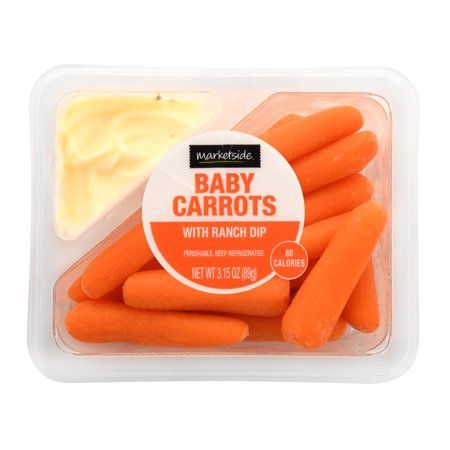 Radishes, radishes, turnips, parsley and celery roots have a high content of essential oils, which limits their use in the nutrition of young children.
Radishes, radishes, turnips, parsley and celery roots have a high content of essential oils, which limits their use in the nutrition of young children.
Among the root crops, the most demanded carrot , which contains a lot of easily digestible carbohydrates, fiber and pectin, as well as essential oils, some essential amino acids and pigments necessary for the normal functioning of the organs of vision.. For baby food, carrots are useful primarily because of the high content in it of provitamin A, or carotene. This vitamin is also called the growth vitamin, and it is very important for babies, because it contributes to good vision, maintains the normal condition of the skin and mucous membranes. In addition to carotene, carrots contain B vitamins, vitamin C, K, PP, trace elements: iron, calcium, phosphorus, iodine. Carrots improve intestinal motility, the condition of the mucous membranes, accelerate the healing and regeneration of the skin. However, allergic reactions often occur on carrots, so it should be given to a child carefully, taking into account individual tolerance.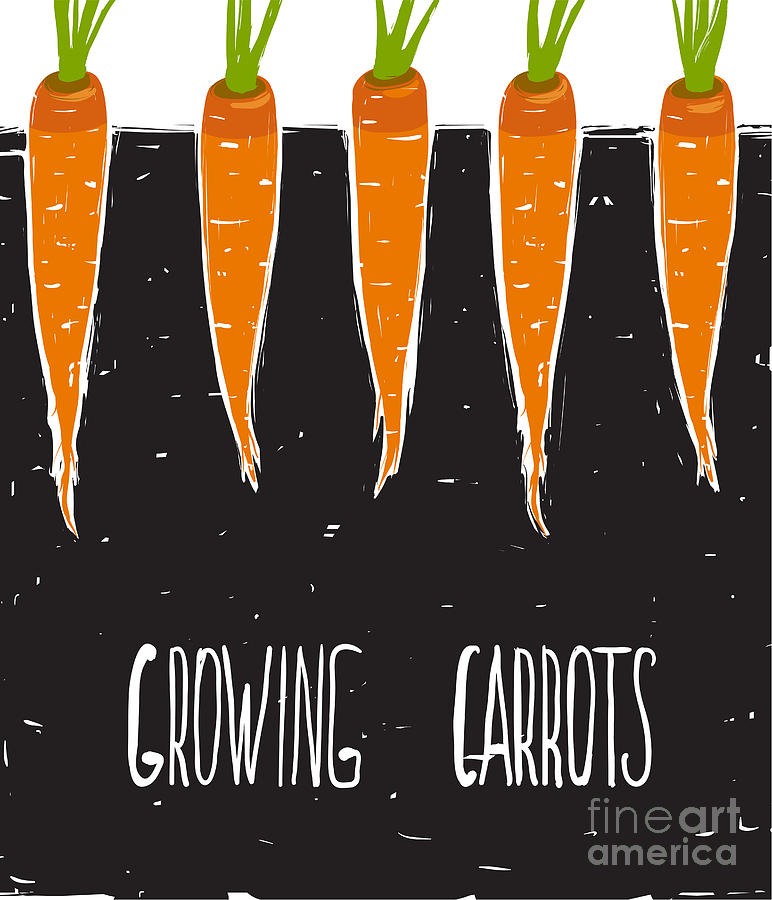 It should be remembered that carotene belongs to the fat-soluble group of vitamins, therefore, for better absorption, it is good to add a little vegetable oil to carrots, and for older children - cream or sour cream.
It should be remembered that carotene belongs to the fat-soluble group of vitamins, therefore, for better absorption, it is good to add a little vegetable oil to carrots, and for older children - cream or sour cream.
It is better to “acquaint” a baby with carrots at the age of 6-7 months. When choosing carrots, pay attention to the appearance of the root. If the “head” of the root crop is green, it is better not to take it, because a dish made from such carrots will be tasteless. Most carotene is in the pulp closer to the edges, which is why it is colored brighter. But the pale yellow core should not be neglected either - it contains the pigment apigenin, which helps strengthen the heart muscle and relieve fatigue.
A useful vegetable for a child is beets . It is distinguished by a high content of easily digestible sugars (sucrose, fructose, glucose), fiber, organic acids, vitamins C, PP, group B, folic acid, carotenoids, bioflavonoids and mineral salts - potassium, sodium, magnesium, calcium, phosphorus and iron. The betaines present in beets (a group of phospholipids) contribute to better absorption of proteins, regulate fat metabolism, and improve liver and brain function. Mineral salts of calcium, phosphorus and iron regulate calcium-phosphorus metabolism and activate hematopoiesis. For medicinal purposes, beets are used to stimulate the activity of the intestines with a tendency to constipation. Beets can be safely added to the diet of babies older than a year.
The betaines present in beets (a group of phospholipids) contribute to better absorption of proteins, regulate fat metabolism, and improve liver and brain function. Mineral salts of calcium, phosphorus and iron regulate calcium-phosphorus metabolism and activate hematopoiesis. For medicinal purposes, beets are used to stimulate the activity of the intestines with a tendency to constipation. Beets can be safely added to the diet of babies older than a year.
Unlike other vegetables, beets retain vitamins and other useful substances all year round. However, it should be remembered that beetroot can cause allergic reactions, and if it is in excess, diarrhea may develop. In addition, beets actively absorb and accumulate nitrates from the soil. Therefore, for a child, you need to choose environmentally friendly beets and give them in moderation. For young children, the amount of beets is approximately 60 g or 12 teaspoons per day.
Turnip has long been valued in Rus' as a healthy and nutritious product. It contains indispensable elements that are necessary for human health. Turnip contains a large amount of vitamin C, which is stored in the root for a long time, contains vitamins B1, B2, PP, beta-carotene, E,. as well as iron, phosphorus, sodium, potassium, magnesium. Turnip is well boiled and absorbed in the gastrointestinal tract. However, the essential oils present in it do not allow the use of turnips in children of the first 2-3 years as the main product, but only in combination with other vegetables, as part of vegetable puree or in soups. Older children can consume the root crop both raw and after heat treatment.
It contains indispensable elements that are necessary for human health. Turnip contains a large amount of vitamin C, which is stored in the root for a long time, contains vitamins B1, B2, PP, beta-carotene, E,. as well as iron, phosphorus, sodium, potassium, magnesium. Turnip is well boiled and absorbed in the gastrointestinal tract. However, the essential oils present in it do not allow the use of turnips in children of the first 2-3 years as the main product, but only in combination with other vegetables, as part of vegetable puree or in soups. Older children can consume the root crop both raw and after heat treatment.
Parsley root and celery root begin to be used only in the nutrition of children who have reached 2-3 years of age. In early childhood, it is recommended to use only the leaf part of plants as a source of vitamins (A, E, K, B6) and minerals (calcium, magnesium, potassium, iron), using them as seasonings for various dishes.
Celery root contains potassium, magnesium, iron and zinc.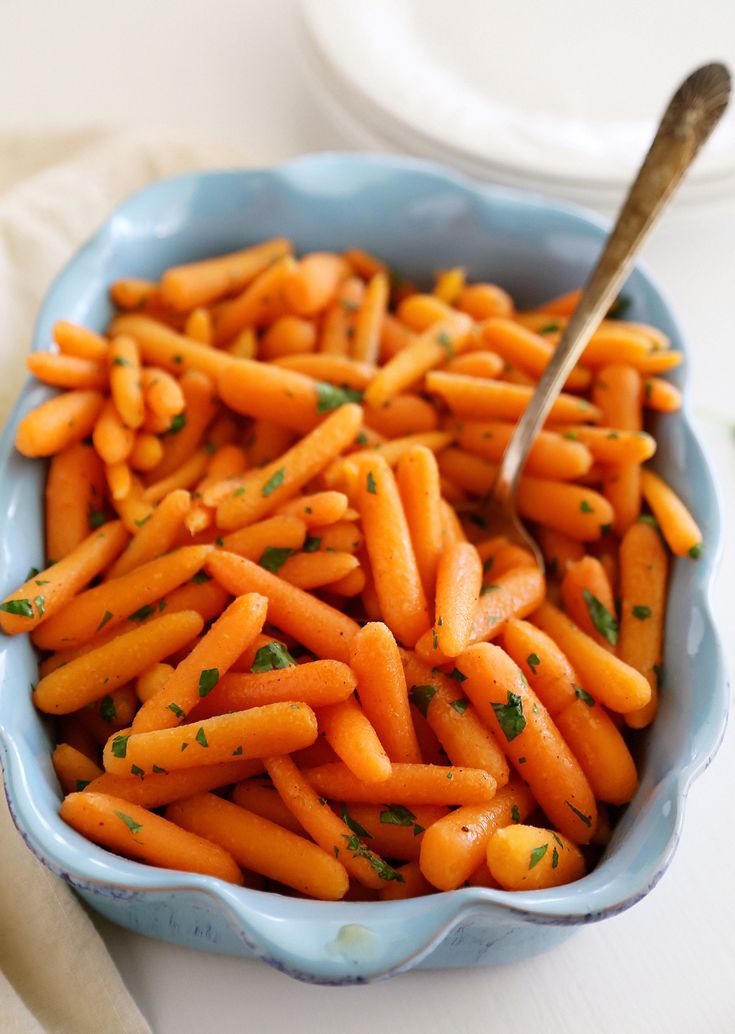 Parsley roots are rich in vitamins C, A, group B, minerals: potassium, calcium, magnesium, phosphorus, iron. Parsley leaves and roots supply rare elements to the human body: aluminum, lithium, vanadium, titanium, nickel, molybdenum, manganese.
Parsley roots are rich in vitamins C, A, group B, minerals: potassium, calcium, magnesium, phosphorus, iron. Parsley leaves and roots supply rare elements to the human body: aluminum, lithium, vanadium, titanium, nickel, molybdenum, manganese.
Parsley and celery roots give dishes a distinctive flavor due to the presence of essential oils in them.
Rutabaga is a hybrid of turnip and cabbage, it is also called the Swedish turnip because it prefers the damp climate of temperate and northern latitudes. This root crop is rich in vitamins A, B, B6, P, minerals: calcium, magnesium, phosphorus, sodium, iron and sulfur. In addition, the swede contains sugar, protein, fiber and pectin. But most importantly, it is the undisputed leader among root crops in terms of vitamin C content. Due to its delicate structure, sweetish taste and rather high content of pectin, which promotes digestion, swede is an ideal food product. True, swede can cause excessive gas formation, so the baby should be given it carefully, starting from 8 months.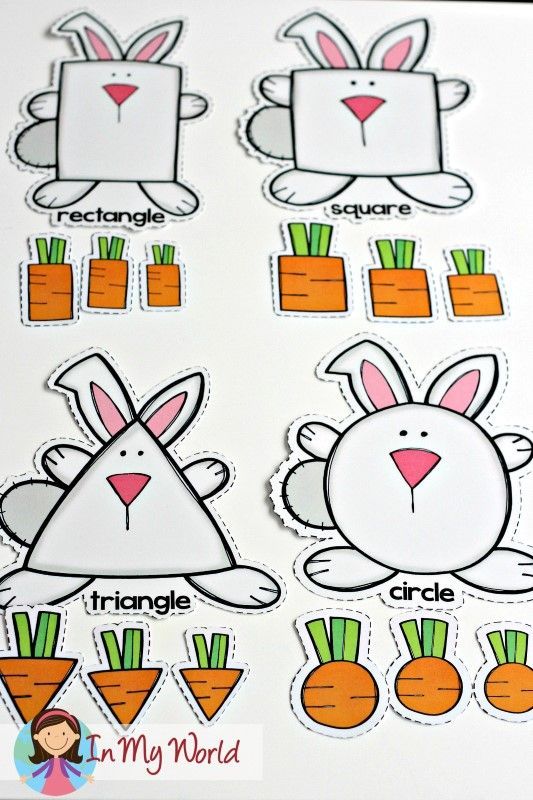
Rutabaga can be stored for several months without losing its useful properties; when cooked, it retains its valuable substances; it is better to cook it in a double boiler.
Widely used in baby food potatoes . It is high in starch, potassium and vitamin C, as well as vitamins P, B group and bio-flavonoids, which improve the absorption of vitamin C and strengthen the immune system.
Potato tubers are well boiled, the product is easily digested, but in some cases it can increase gas formation in the intestines. In the baby's menu, potatoes can be included from 5-6 months in the form of mashed potatoes.
Carrots as complementary foods. How to introduce carrots into complementary foods and at what age can carrot puree and juice be given to a child? Introduction of raw root crops
Everyone knows that vegetables after heat treatment are easier and faster to digest, which is important for the still weak digestion of the child. Therefore, in the nutrition of babies, first of all, include carrot puree and boiled carrots.
The raw product is rather difficult to digest. It can cause digestive disturbances and worsen stools. In addition, do not forget that a bright vegetable is a strong allergen. In the article, we will consider at what age you can give your child raw carrots. And we will find out how carrots are useful for children.
Composition, benefits and harms
Raw carrots contain an increased amount of vitamin A. In addition, the vegetable also contains E, B vitamins, phosphorus and sodium, calcium and potassium, fiber and pectin. The benefits of carrots are in the following properties:
- Improves material metabolism and digestion;
- Participates in the formation of teeth and bone skeleton;
- Strengthens bones, gums and tooth enamel;
- Increases and maintains visual acuity, relieves eye strain and fatigue;
- Tone up the body, restores strength and improves mood, energizes and invigorates;
- Improves the condition of the skin, relieves dryness and inflammation, accelerates the restoration of the skin;
- Strengthens and maintains the immune system, activates the body's defenses;
- Eliminates bile stasis;
- Has a mild laxative effect and eliminates ;
- Positive effect on the heart and blood vessels, nerve cells and blood clotting;
- Ensures the full growth and development of the child;
- Removes toxins and cleanses the body.

Boiled and stewed carrots do not irritate the intestines, are easily digested and assimilated, which cannot be said about a raw vegetable. It gives a strong load and makes it difficult to digest. The crumbs may experience indigestion and indigestion, stool disorders, abdominal pain and flatulence.
Unfortunately, today's suppliers, in pursuit of profit, can add foreign substances to vegetables during growth and storage. Various chemicals, pesticides and nitrates contribute to the rapid growth of large and even, bright and beautiful fruits. However, such vegetables are tasteless and extremely unhealthy. Therefore, it is better to use carrots grown in their own beds.
In case of improper storage, harmful bacteria arise and develop inside the vegetable, which cause fermentation processes. In addition, carrots in any form can cause an allergic reaction.
Allergy to carrots
Food allergy to carrots in infants occurs due to the fact that the vegetable contains carotene.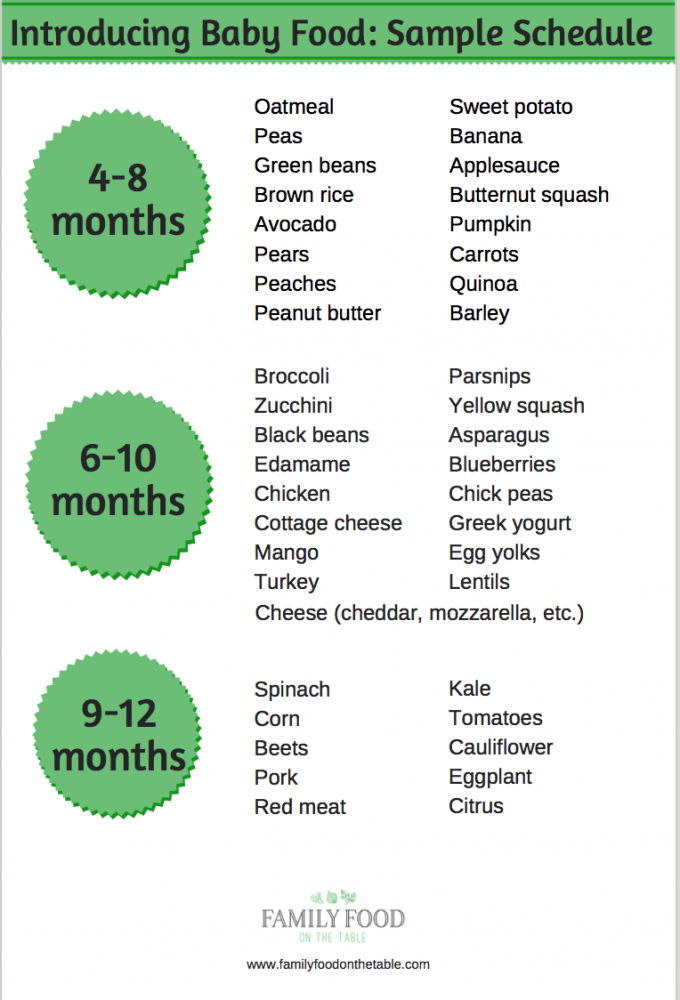 It provides a bright orange color to the product and is a strong allergen. Carrot allergy is also called carotene jaundice. In this case, the child's skin may turn slightly yellow. He does not sleep well, nausea and vomiting appear.
It provides a bright orange color to the product and is a strong allergen. Carrot allergy is also called carotene jaundice. In this case, the child's skin may turn slightly yellow. He does not sleep well, nausea and vomiting appear.
In addition, allergy manifests itself in the form of a rash on the body and skin itching. Abdominal pain and stool disturbance (diarrhea or constipation), nasal congestion and tearing, irritation and redness of the eyes may appear. Sometimes there is difficulty in breathing, internal swelling of the respiratory organs and tracts.
In this case, internal edema of organs is the most dangerous. If any poisoning appears, exclude the product from the crumbs menu and consult a doctor. With the right approach, lifestyle and nutrition, many children are allergic to certain foods by the age of four or five.
At what age to give raw carrots
Carrot puree for babies can be given already after seven to eight months, when zucchini, cauliflower, broccoli and potatoes are introduced into complementary foods.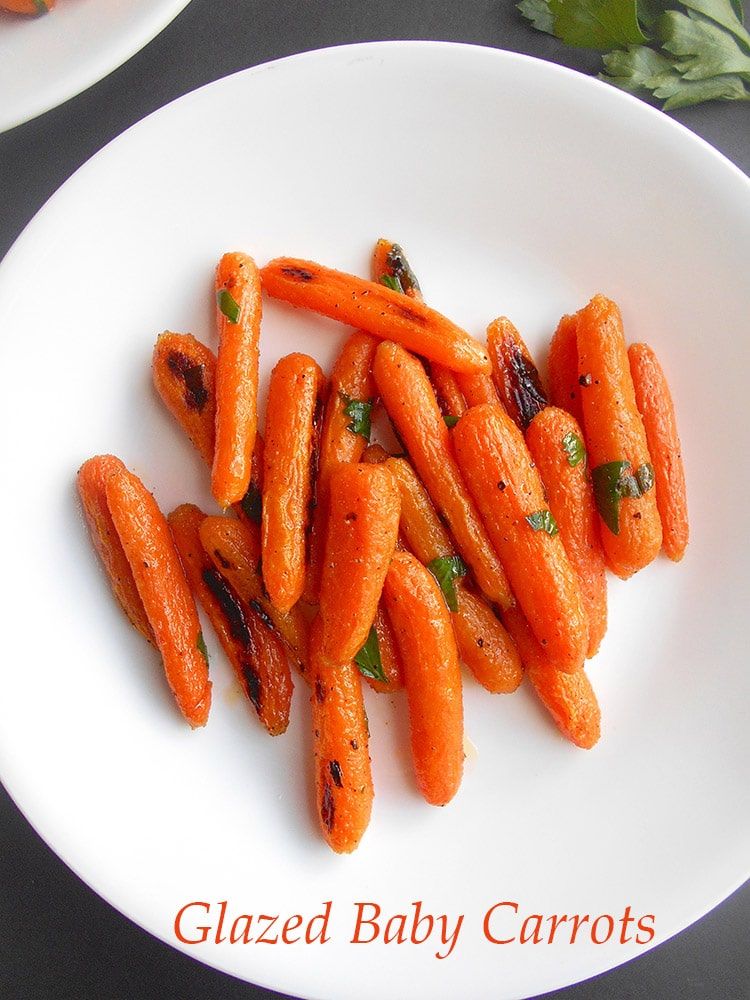 Carrots can be introduced along with pumpkin. After the introduction of the baby, you can cook carrot puree soups, puree from apples and carrots, from zucchini and carrots. In this case, you must definitely boil the carrots or steam them. Vegetables should be only after heat treatment!
Carrots can be introduced along with pumpkin. After the introduction of the baby, you can cook carrot puree soups, puree from apples and carrots, from zucchini and carrots. In this case, you must definitely boil the carrots or steam them. Vegetables should be only after heat treatment!
An ordinary liquid soup with carrots can be tasted by a one-year-old baby. Freshly squeezed carrot juice is given after eight months. Moreover, the drink is first diluted with drinking water, gradually reducing the volume of the latter and switching to full juice.
Raw carrots for complementary foods are given not earlier than 1 year. At this age, carrots can only be given in grated form, otherwise the baby may choke. In addition, he still only nibbles. We give whole raw carrots to children over two years old. Children up to a year are given carrot puree in a volume of up to 50 grams, after 1 year you can give 100 grams of a vegetable, but not more than three times a week.
For the first time, let your child taste half a teaspoon of grated carrots.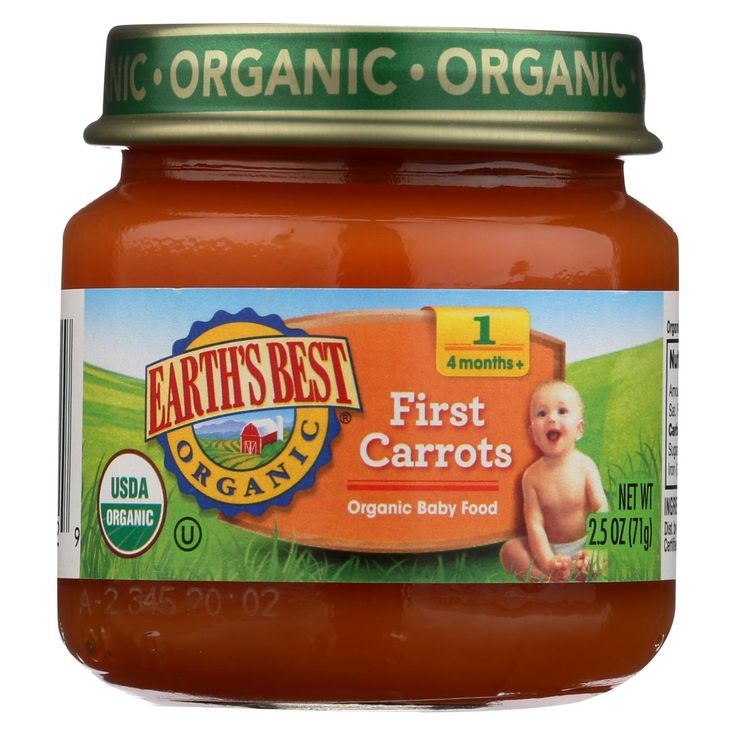 After the first test, observe the reaction of the crumbs. If a negative reaction occurs, the product should be excluded from the diet and consult a doctor. If the baby feels comfortable, you can sometimes give the child raw carrots.
After the first test, observe the reaction of the crumbs. If a negative reaction occurs, the product should be excluded from the diet and consult a doctor. If the baby feels comfortable, you can sometimes give the child raw carrots.
How to store and prepare raw carrots
Before cooking, thoroughly wash the vegetable and peel, then grate or cut depending on the recipe. To keep carrots longer, immediately after harvesting, cut off the tops and hang the vegetables in the sun or under a canopy and leave it for two to three hours. You can store carrots in open plastic bags in a cool place. When storing vegetables in closed bags, be sure to make holes in the container.
Grated fresh carrot goes well with apple and beets, cabbage and dried fruits. Carrot dishes for children can be seasoned with sour cream, vegetable oil, honey and natural yogurt. This will improve the taste of the dish and make it easier to digest the raw vegetable.
You can use grated or finely chopped carrots as a side dish or in salads. You can feed a child with such salads for breakfast or for an afternoon snack.
You can feed a child with such salads for breakfast or for an afternoon snack.
Salads with fresh carrots
Classic recipe
- Carrots – 300 grams;
- Fresh dill - 30 grams;
- Cheese - 150 grams;
- Sour cream - 70 grams.
Wash and peel carrots, dry and grate. Cheese, too, rub and mix with vegetables. My dill and finely cut, add to other components. If desired, salt the salad and add a chopped clove of garlic. We fill the dish with sour cream.
Beet salad
- Carrot - 140 grams;
- Beets - 1 fruit;
- Lemon juice - 25 ml;
- Vegetable oil - 50 ml.
Boil the beets separately, cool and peel, then grate. Carrots are also washed, peeled and three. We mix the components, salt and season first with oil, and then with lemon juice. To make the dish more satisfying, you can add boiled beans to the recipe.
By the way, boiled beets can be given to babies after eight to ten months, and beans - not earlier than two years.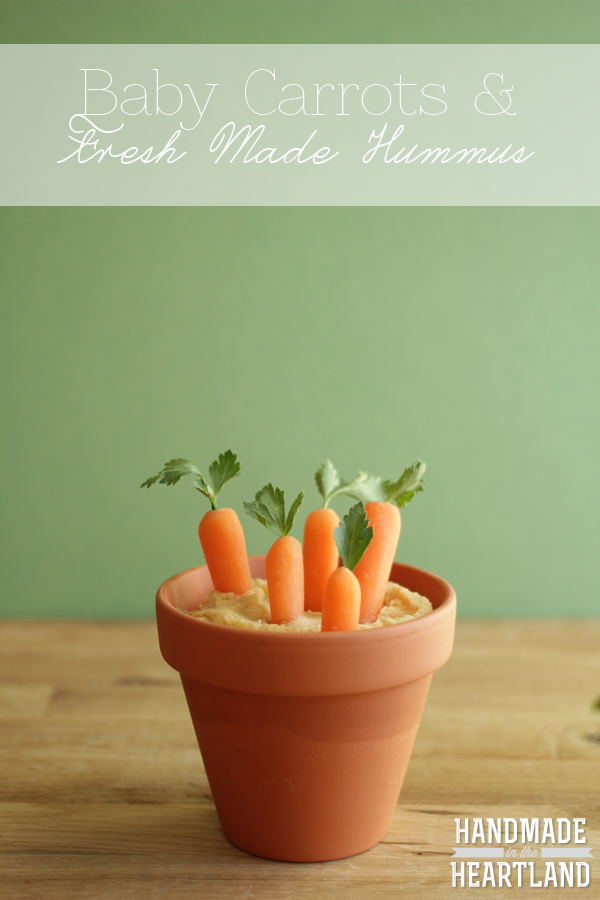 You can replace the grains with green beans. It is more useful, easier to digest and allowed for babies as early as eight months.
You can replace the grains with green beans. It is more useful, easier to digest and allowed for babies as early as eight months.
With zucchini
- Carrots - 3 pcs.;
- Zucchini - 1 pc.;
- Onion -1 pc.;
- Lemon juice - 1 table. spoon;
- Dill - 1 bunch;
- Vegetable oil - 3 tables. spoons.
Rinse and peel vegetables, cut carrots and zucchini into strips, onion into rings or half rings. Dill wash and cut. We mix the components and season with vegetable oil with lemon juice. The salad can be lightly salted and peppered. Zucchini can be used instead of zucchini. Such vegetables can be used together with the peel. They are softer and more tender, easier to digest than the classic zucchini.
Meat salad
- Carrot - 300 grams;
- Beef - 160 grams;
- Parsley - 1 bunch;
- Onion - ½ heads.
Peel and chop the onion and soak in purified water for 30 minutes. We wash the beef, cut into small bars and fry in vegetable oil. If desired, the meat can be salted and peppered. My carrots and three on a grater, mix with cooked beef and onions. Wash and finely chop the parsley, send it to the salad, lightly salt and pepper, mix. We send it to the refrigerator for two hours.
We wash the beef, cut into small bars and fry in vegetable oil. If desired, the meat can be salted and peppered. My carrots and three on a grater, mix with cooked beef and onions. Wash and finely chop the parsley, send it to the salad, lightly salt and pepper, mix. We send it to the refrigerator for two hours.
Carrot, apple and walnut salad
- Carrot - 200 grams;
- Green apple - 1 piece;
- Walnut - 10 grams;
- Lemon - ½ pieces;
- Butter - 30 grams;
- Honey - 25 grams.
Peel and grate the apple, sprinkle with lemon juice to keep it from turning black. Carrots are also cleaned and rubbed, mixed with an apple. Chop nuts and lightly fry. Add a piece of butter to the hot nuts and mix. Add to the rest of the ingredients, season with honey and mix. Such a salad can be given to children older than two or three years.
With radish and cabbage
- Carrot - 1 piece;
- White cabbage - 100 grams;
- Radish - 1 piece;
- Green onions - 30 grams;
- Dill - 30 grams;
- Lettuce - 50 grams;
- Vegetable oil - 3 table.
 spoons;
spoons; - Lemon juice - 2 table. spoons;
- Sugar - 1 tsp. spoon.
Wash, peel and cut the vegetables into small strips. Wash and dry greens. Finely chop the onion and dill, tear the salad with your hands. Mix the ingredients by adding a pinch of salt. In a separate container, combine lemon juice and vegetable oil, put sugar and lightly add salt, mix.
Dress the salad with the resulting mixture and leave to infuse. Radish and cabbage, especially when fresh, put a heavy burden on digestion. They can cause flatulence and stool problems. Therefore, this recipe is recommended for children older than two to three years. You can find even more recipes for salads for a child at the link /.
Carrots are a very important product in a baby's diet, as they are rich in beta-carotene, valuable vitamins and other essential elements. However, you should correctly enter this vegetable in the baby's menu, follow the rules of cooking and feeding in order to avoid an allergic reaction. In the article, we will learn at what age to give carrots to babies and how to properly cook a vegetable.
In the article, we will learn at what age to give carrots to babies and how to properly cook a vegetable.
Benefits of carrots
Carrots primarily stimulate the production and formation of vitamin A through their beta-carotene content. Retinol or vitamin A has a beneficial effect on the organs of vision, the condition of the skin and teeth, the growth of hair and nails, the immune system and the general condition of the body. Due to the lack of a vitamin in an infant, dry skin may occur. In addition, children may experience stunted growth, weak immunity, and frequent illnesses.
Carrots perform the following beneficial functions for the body:
- Promotes the formation and growth of new cells;
- Forms a bone skeleton, strengthens teeth and gums;
- Improves eyesight and skin health;
- Normalizes metabolism and digestion, helps babies with;
- Increases immunity and speeds up recovery;
- Has an anti-inflammatory and restorative effect;
- Strengthens blood vessels and heart;
- Lowers blood cholesterol levels;
- Prevention of cancer.

Carrots are easy to digest and digest and rarely cause digestive problems. But, despite the benefits of carrots, this vegetable should be introduced into the diet of crumbs with extreme caution, since due to the bright orange color and beta-carotene, an allergy to carrots in infants may occur. To avoid this, let's look at how to introduce carrots into baby food.
Rules for complementary foods with carrots
Carrot vegetable puree for babies starts at seven months with 1⁄2-1 teaspoon and within a week increase the norm to 50 grams. Carrots are included in the diet after zucchini, cauliflower and broccoli. By eight months, the dosage of vegetable puree is 120-150 grams, by the year it reaches 180-200 grams. Formula-fed babies can be given carrot puree as early as five months.
After the first test, observe the baby's reaction for two days. If you notice, do not give large carrots to babies and contact your pediatrician. If there is no negative reaction, puree can be given to the child, but in compliance with the dosage. Don't overfeed your baby! Carrot complementary foods are given to the baby no more than two or three times a week, since daily consumption of a vegetable will negatively affect the functioning of the liver.
Don't overfeed your baby! Carrot complementary foods are given to the baby no more than two or three times a week, since daily consumption of a vegetable will negatively affect the functioning of the liver.
Choose your carrots carefully before cooking. It should be firm fresh fruits of natural shape without bends with a smooth skin of bright orange and green leaves. After purchase, the greens are immediately cut off. Do not choose carrots with a blackened top, dark spots and black dots, with mold on the skin. The best option is young fruits of medium size, which taper towards the end. Thicker vegetables contain more nitrates.
How to cook baby carrots
Carrots are cleaned, be sure to cut off the top and tail. After cleaning, the vegetable can be left for 1.5-2 hours in cool water to remove nitrates, pesticides and other harmful substances. If these are natural carrots grown on your own plot without the addition of chemicals, the vegetables do not need to be left in the water.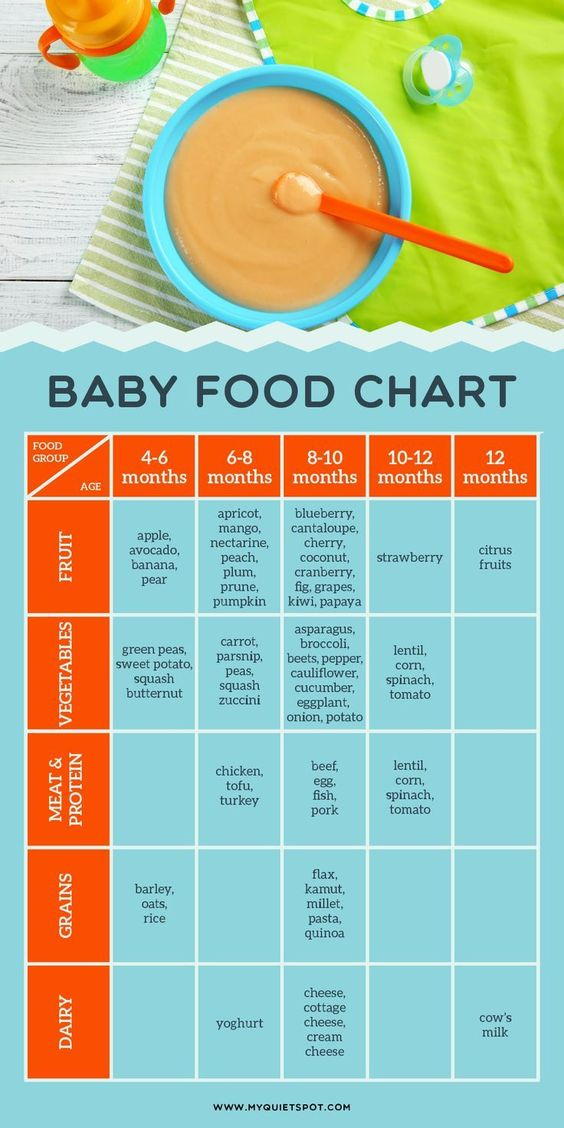
After preparation, the vegetable is boiled until tender and passed through a blender or sieve. You can give carrot puree to a child mixed with breast milk, boiled water or ready-made milk formula, also add two or three drops of vegetable oil or a teaspoon of low-fat sour cream for taste.
To prepare soups, carrots can be grated, for babies older than 9-12 months, the vegetable can be lightly fried in vegetable oil beforehand. For children under one year old, it is not recommended to salt and pepper the dish, add onions and garlic. Spicy spices and seasonings, mayonnaise and various sauces are strictly prohibited in infancy and for older babies.
Ready-made puree is better to eat immediately, in extreme cases, you can store the dish in the refrigerator for no more than 24 hours. In this case, the puree should be closed in a container with a tight lid. Use a bain-marie or simply leave the puree at room temperature to warm up baby food. Do not heat food in the microwave or in a frying pan!
The broth that remains after boiling carrots and other vegetables must be drained.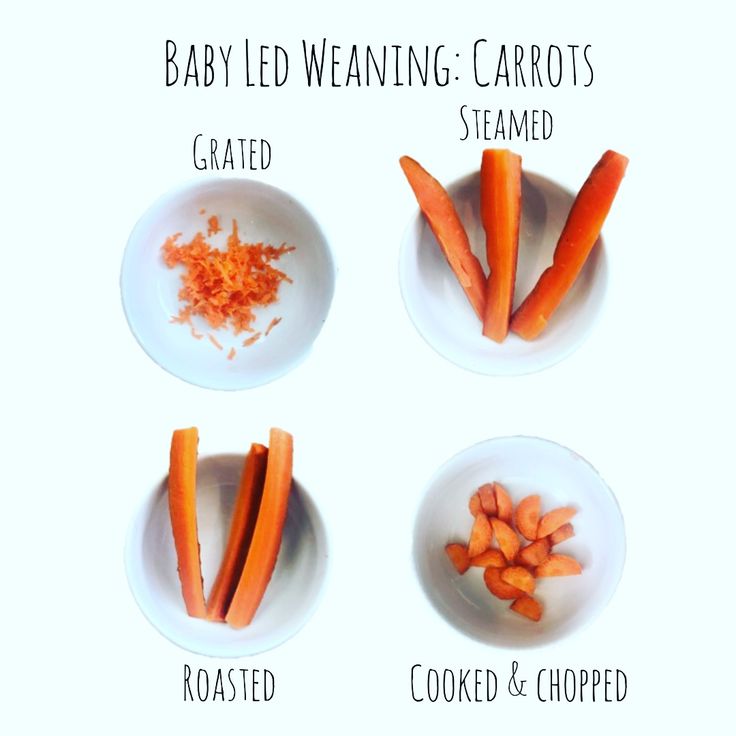 Such a decoction negatively affects the digestion, kidney and liver function of the baby. Meat, fish and vegetable broths are not recommended for children under three years of age. What else can not be given to babies under three years old, read.
Such a decoction negatively affects the digestion, kidney and liver function of the baby. Meat, fish and vegetable broths are not recommended for children under three years of age. What else can not be given to babies under three years old, read.
Baby Carrot Recipes
Weaning Carrot Puree
Take two carrots, wash and peel. Leave in cool or cold water for two hours, then boil until soft. The finished vegetable is peeled and cut, then passed through a blender or rubbed with a sieve. Breast milk, milk formula or boiled water are added to the prepared puree, you can also add butter or vegetable oil or sour cream. Also, vegetables can be cooked in a double boiler or slow cooker or in a water bath. For babies after a year, mashed potatoes can be salted.
Carrot juice for babies
After the mother introduced vegetable puree from carrots into the complementary foods, carrot juice can be included in the diet after one or two weeks. To prepare a drink, carrots are washed, peeled and passed through a juicer. The juice is filtered and half diluted with boiled water. The first drinks must be diluted! Gradually, the amount of water is reduced, and the juice itself is increased until they completely switch to natural juice. Babies up to a year should not be given juice with pulp and it is not recommended to put sugar in a drink.
The juice is filtered and half diluted with boiled water. The first drinks must be diluted! Gradually, the amount of water is reduced, and the juice itself is increased until they completely switch to natural juice. Babies up to a year should not be given juice with pulp and it is not recommended to put sugar in a drink.
Vegetable puree soup
- Zucchini – 1 medium fruit;
- Cauliflower and broccoli - 250 grams each;
- Tomatoes - 2 fruits;
- Carrots - 1⁄2 pieces;
- Chopped fresh herbs to taste.
Grate washed and peeled vegetables. Simmer over low heat for three minutes and pour into boiling water (1.5 liters). If necessary, salt and pepper, add herbs and cook for ten minutes. Beat the prepared vegetables with a blender and grind through cheesecloth or a sieve. Then the puree soup will turn out airy and light. If the consistency is too thick, dilute the dish with vegetable broth that remains after cooking.
Vegetable stew with meat
- Chicken fillet - 100 gr;
- Cauliflower - 300 gr;
- Bulb - ½ pc.;
- Carrot - 1 piece;
- Zucchini - 1 medium fruit;
- Tomatoes - 2 pieces;
- Green peas - 150 gr.;
- Low-fat sour cream - 4 table. spoons.
Boil the chicken separately and cut into pieces. Finely chop the onion and carrot, stew in vegetable oil. Prepare zucchini and cabbage, peel the tomato, chop and add to the onion with carrots. Simmer until the tomatoes are soft, then add the peas and sour cream. Mix the ingredients and simmer for another 5-7 minutes. The stew is passed through a blender. Instead of chicken, you can use beef, rabbit or turkey. Moreover, it is better to cook the meat separately, and add it cut into pieces to stewed vegetables.
If you don't want to cook yourself, you can buy ready-made meals in baby food jars. It should be a natural puree, which includes only water and vegetables.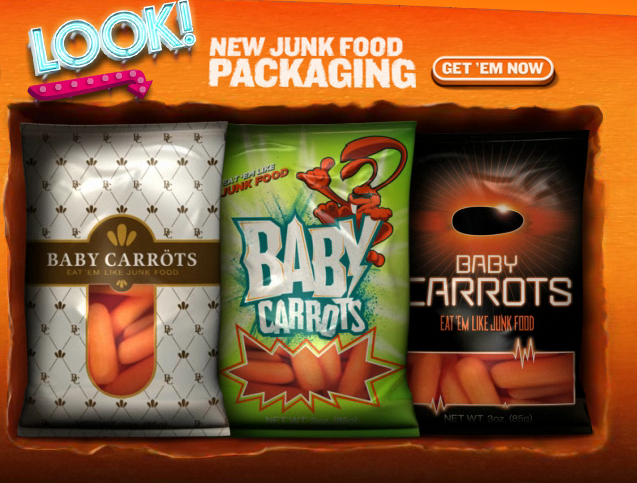 Special baby food adapted for the baby. Choose a product that is appropriate for your child's age.
Special baby food adapted for the baby. Choose a product that is appropriate for your child's age.
More varied and gradually prepares the little organism for adult food. In this article you will find detailed information about the rules for the introduction of vegetable complementary foods, and specifically carrots.
When can I give my baby
According to the recommendations for the introduction of complementary foods from WHO, vegetable complementary foods are introduced in - . And from how many months it is possible to give carrot puree, there are no exact recommendations. They don’t start their first acquaintance with vegetables with carrots; most often, kids are given a taste of potatoes, broccoli, cauliflower and zucchini. Babies who are fed adapted can be given vegetables 1-2 months earlier.
Do you know? Carrot week is held in California every year. At this festival, various competitions are held for the best cooking of dishes from this vegetable, a carrot queen is chosen and carrot shooting is arranged.
How to start complementary foods
Introduction to new foods is carried out in several stages - starting with 5-10 g (half a teaspoon) per day and increasing the amount. Pediatricians advise introducing a new product in the morning or in the morning, so you can fully track the possible occurrence of manifestations. Most often, 7-10 days are enough to completely introduce vegetable complementary foods into the baby's daily diet, thereby replacing one or a milk mixture.
Consider step by step how to introduce carrots into complementary foods:
- First day. For breakfast, you give your child a taste of vegetables - half a teaspoon. After that, carefully observe the behavior of the child, his stool and the condition of the skin. Since this amount of food is not enough for a growing body, you are supplementing or formula feeding.
- The second day. If the vegetable puree did not cause allergic reactions and stool disorders, then we continue to give while increasing the portion size - 2 teaspoons.
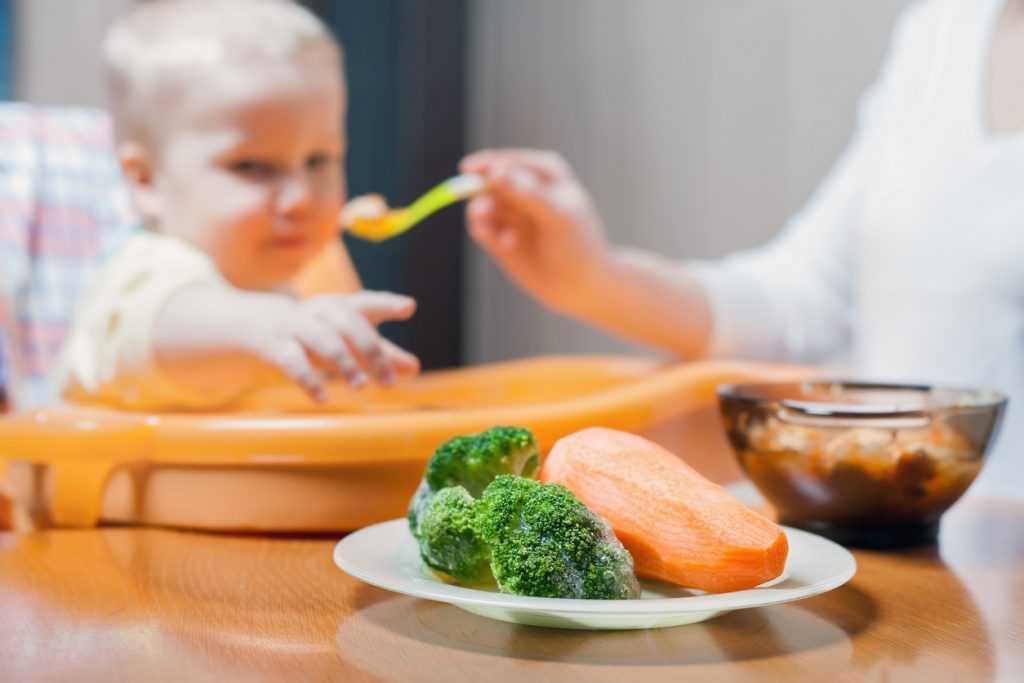 We continue to supplement or mix.
We continue to supplement or mix. - Third day. We increase the portion to 3-4 teaspoons of vegetable puree (we will describe in detail how to prepare carrot puree for the first complementary foods later in the article).
- Fourth day. A portion of vegetables is increased to 5 tablespoons, which is approximately equal to 25 g of vegetables.
- The fifth day. If, while treating the child with the first vegetable puree, you did not notice any negative reactions, then you can increase the serving to 50 g, i.e. 10 teaspoons.
- The sixth day. You can double the volume - a serving of vegetables will reach 100 g.
- Seventh day . Bring the volume of a portion of vegetable puree to 125-150 g. As soon as your baby has eaten such a portion of complementary foods, then it is no longer necessary to supplement him. Such an amount or mixture is eaten by a child in one.
Keeping a food diary can be very helpful. This is a detailed description of the products introduced, their volumes and observations of the well-being of the baby. It is especially important to write down such information if your baby is prone to allergic manifestations. Such a diary will help you track exactly which product caused an unwanted reaction.
This is a detailed description of the products introduced, their volumes and observations of the well-being of the baby. It is especially important to write down such information if your baby is prone to allergic manifestations. Such a diary will help you track exactly which product caused an unwanted reaction.
Remember that throughout the week, when you introduce a new product to your child's diet, you must carefully monitor changes in his health. If you notice the appearance of allergic rashes or worsening of the stool, then postpone the treat with this product for a month. Do not rush to immediately give mashed potatoes from several vegetables, make a choice in favor of one-component dishes.
Important! Meals for the little ones do not need salt or sugar. For adults, such food will seem insipid and tasteless, but for a baby, everything will be very tasty and unusual.
How to make your own carrot puree
Making carrot puree for babies is not difficult at all - our recipe does not take much time to prepare.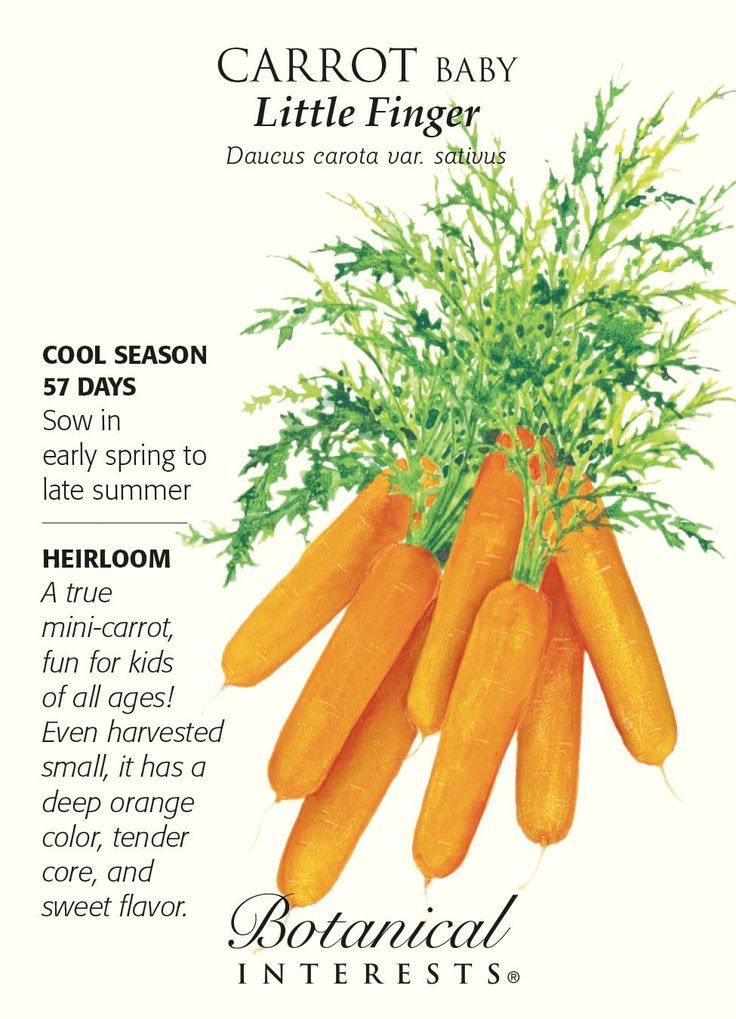 As an alternative to homemade dishes, you can buy store-bought jars of vegetable purees. However, a self-prepared product is still preferable.
As an alternative to homemade dishes, you can buy store-bought jars of vegetable purees. However, a self-prepared product is still preferable.
Tools and Kitchen Appliances
When you decide to feed your baby with freshly made carrot puree, make sure you have all the necessary arsenal of kitchen appliances:
- grater;
- heavy-bottomed saucepan;
- blender or strainer.
Do you know? In zoos, flamingos are fed carrots, a food that helps keep their plumage vibrant colors. In the wild, eating crustaceans helps them keep their color.
Ingredients
The list of ingredients to prepare is also very simple:
- carrots - 1 medium size;
- boiling water - 100-150 ml;
- vegetable oil - a few drops.
Step-by-step recipe
How to make baby carrot puree - very easy and fast:
- Carrots are washed under running water and thoroughly peeled.
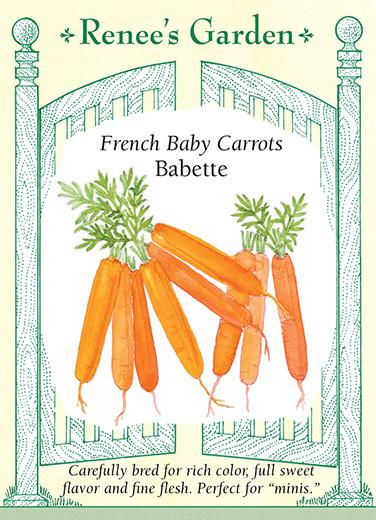 After that, it should be grated.
After that, it should be grated. - The grated vegetable is placed in the selected pan and a little boiling water is added. Let the vegetable stew over low heat, cover the pan with a lid.
- After a while, when the carrots are thoroughly stewed, the water is drained off and the vegetable mass is transferred to the blender bowl. Grind the vegetable mass with a blender to a puree state. If you don’t have a blender handy, then an ordinary kitchen strainer will handle grinding to the desired state.
- A little vegetable oil is added to the resulting mass. If the puree is too thick, then it can be diluted with milk or a decoction in which carrots were boiled.
Important! The bright color of carrots can cause allergies. If your baby has already had allergic reactions to any foods, then postpone the introduction of carrots for a while.
Many mothers ask themselves questions about how much to cook carrots for feeding or in which pan it is better to do it.
We have prepared some tips to help parents prepare tasty and healthy treats for their little ones:
- To preserve the nutrients in vegetables as much as possible, cut them into large pieces and throw them into already boiling water. Since vitamin C is destroyed during the heat treatment, cover the pot with vegetables with a lid and minimize the cooking process itself.
- Prefer carrots from your own garden or buy from trusted market vendors. To minimize damage from possible chemical fertilizer treatments, soak vegetables in water for several hours.
- When chopping carrots, it is advisable not to use metal knives or a grater, they oxidize it. Use ceramic or plastic knives and graters whenever possible.
- For cooking, choose medium-sized carrots without dark spots or mold.
- Carrot puree can be diversified with grated apple.
After reading the article, you learned how to cook carrots for feeding. Such a simple and affordable vegetable is a storehouse of useful vitamins and minerals. In addition, dishes prepared by the loving hands of mothers make this delicacy even tastier and healthier.
Carrots should be on every baby's menu. This healthy root crop contains many vitamins and minerals. As pediatricians note, carrots are easily digested and digested, and rarely lead to digestive problems.
Carrots are one of the healthiest vegetables, but sometimes they can cause allergies in babies. Therefore, carrot complementary foods should be introduced carefully.
Properly prepared food from carrots will only benefit the child's body. Prepare mashed potatoes from this root crop, while observing all the rules, and you will provide your baby with everything necessary for full growth and development.
In this article, we will tell you in detail how to introduce carrots into your baby's complementary foods.
Basic rules for feeding with carrots
- Carrot vegetable puree for babies starts at 7 months with 1⁄2-1 teaspoon in the morning and increases to 50 grams during the week.
- For artificial babies, carrot puree can be introduced into the diet as early as 5 months.
- Baby is introduced to carrots after zucchini, potatoes, cauliflower and broccoli.
- By the age of 8 months, the dosage of vegetable puree in the children's diet is 120-150 grams, by the age of one year it reaches 180-200 grams.
- Carrots can cause allergies in children due to their high carotene content. Therefore, carrots should be introduced gradually and carefully. After the first test, observe the reaction of the baby for two days. If you notice signs of a food allergy, stop giving carrots to your baby and contact your pediatrician. If there is no negative reaction, puree can be given to the child, but in compliance with the dosage.
- Carrot complementary foods are given to the baby no more than two or three times a week, since daily consumption of a vegetable can cause carotene jaundice.
How to feed carrots
- How to properly introduce carrot puree to a baby - in jars or homemade - everyone's business.
You can buy high-quality baby food on the website https://shop.nutricia.ua/.
- The baby should be given boiled until fully cooked carrots, ground into a homogeneous puree-like mass.
- For complementary foods, choose carrots that are bright orange, flat and free of green or brown spots. Size is medium or smaller than average. To the touch, the root crop should be smooth, even, without cracks.
- White carrots are the perfect choice for first foods. The root crop of this variety has a mild and slightly sweet taste, it does not contain ß-carotene
- In no case do not add salt or sweeten the puree, do not add spices.
- Only fresh carrot puree should be given to a baby. You can not reheat complementary foods, just before each feeding, prepare a new serving of vegetable treats.
- Do not mix carrots with other foods while your baby is learning about carrots.
- When the baby adapts to carrots, you can add a little unrefined vegetable oil to the dish for better absorption of the vegetable.
- For older children, you can make multi-ingredient purees by combining carrots with other vegetables, fruits, cereals and meat.
- Raw carrots should not be given to children under 1 year of age.
Carrot puree is usually well absorbed by the child's body, Most babies love the pleasant, sweet taste of carrots. The main thing is to know how to introduce carrots into baby food so that it benefits his health.
And carrots. It is useful for every mother to know how to introduce carrots into complementary foods. The orange color of the vegetable reminds: beware of allergies! Carrots are not a strong allergen, but care must be taken when introducing them into complementary foods.
For the first foods, children are given carrot puree. Root crops are a source of nutrients and vitamins. The potential risk of developing allergies is much less than the real benefits of this vegetable. Therefore, there is no doubt whether to give or not to give the baby dishes from this healthy fruit.
Speaking about the benefits of a vegetable, first of all it should be noted that it is rich in beta-carotene. Subsequently, vitamin A, familiar to everyone, is released from it. It is thanks to vitamin A that bones and joints of a person develop normally, teeth form. Vitamin A has a beneficial effect on the eyesight and skin of children. The fruit is also rich in calcium, potassium, phosphorus and iron. The orange vegetable has a lot of fiber, which ensures the normal functioning of the intestines.
Harm of carrots for children
It should be noted several negative aspects that may occur in children after eating carrots:
- Allergy to carrots in infants. Mothers of allergic children should use carrot puree with caution, since the vegetable is an allergen.
- Disorder of the stool. Raw carrots and fresh carrot juice can loosen stools. But a boiled vegetable - on the contrary, strengthens. It is important to observe the measure and dosage when feeding carrots to infants.
When can you introduce carrots into complementary foods:
- For the first complementary foods, vegetable puree is prepared from boiled fruits. It can be given to a breastfed baby at 6-7 months.
- Freshly squeezed carrot juice is administered to infants no earlier than 8 months.
- Raw grated carrot salad can be started after 1 year of life.
- Children over 3-4 years of age can gnaw on raw peeled root crops. At the same time, all safety measures must be observed: often babies choke on pieces of a poorly chewed vegetable.
Carrot puree for babies is introduced gradually: starting with 0.5 teaspoon in the morning. The portion is consistently increased to 150 grams per day, if the baby has not developed an allergy. If the vegetable did not suit the baby (he developed a rash, diarrhea or constipation, general anxiety, sleep disturbance), then complementary foods should be discontinued and not given for 3-4 weeks. During the first 2 weeks from the beginning of the introduction of carrots, you should not add other ingredients to the puree: milk, butter or other vegetables. If the child's body has responded well to the new product, then you can give it several times a week (preferably no more than 2-3 times).
Never add salt or sweeten the puree.
Please note that if carrots are abused, the baby may “get sick with carotene jaundice” - the skin will turn yellow, the whites of the eyes may turn yellow. Carefully look at all manifestations of the baby's body and do not allow such situations.
Every mother wants to give her child the very best. Therefore, many strive to provide their child with the best and freshest food. Jars of ready-made baby food can be bought at any store. Of course, they can be given to the baby. But it will be much better if, for the first time, the mother prepares mashed potatoes for the child with her own hands. Industrial foods may contain additives and sugar. And there is nothing dangerous in homemade puree.
Tips on how to choose a quality baby carrot:
- Size. A good vegetable is medium in size. As a rule, large specimens have a hard core, which will take a long time to cook.
- Colour. Choose an orange fruit. Do not be embarrassed if the fruit "seems" dirty, in the sand. The main thing is that it should not be rotten. Remember that clean carrots have already been washed. This means that its shelf life is less than that of dirty relatives.
- Density. A good fruit should be firm to the touch. If it is sluggish and easily bent, it means that the vegetable was stored incorrectly and lost many useful substances.
- Do not take root vegetables with a blackened crown or with dark patches.
Carrot puree
Ingredients: 1 medium carrot, water.
Preparation: Before making carrot puree at home, wash and clean the carrots. Wash it again. Cut the vegetable into rings. Lay the rings on the bottom of an enamel pan, pour boiling water over. Cover and simmer the vegetable over low heat until tender, about 30-40 minutes. Remove the boiled carrot pieces and grind them with a blender. The consistency of the puree should not be thick. Dilute the puree with the carrot broth that remains. Beat the mass again. Cool the resulting puree and give it to the baby.
When the baby gets used to carrots, you can add a little vegetable oil to the dish so that fat-soluble vitamins are better absorbed. Also, carrots can be perfectly combined with other products (for example, carrot and apple puree for babies).
Carrot juice
Ingredients: 1-2 medium carrots, water.
Preparation: before making carrot juice for babies, soak the vegetable for several hours in water. After that, grate the fruit. Squeeze out the grated mass with gauze. Dilute the juice obtained by squeezing with water in a ratio of 1:1. For the first time, it is better to boil the juice. Cool and give to the child.
Multicooker vegetable mix video
Carrots can be used in many different dishes: carrot soups, vegetable stews, carrot cutlets, carrot cake and even carrot cookies for children. Moms only need to observe the timing of the introduction of new products, do not introduce the baby to several new products at the same time.
If carrots are not digested
Sometimes mothers wonder why the child has undigested carrots in the feces. This phenomenon can be explained by several reasons:
- Product abuse has occurred. Mom did not comply with the allowable dosage. The enzyme responsible for the breakdown of fiber is not yet produced in the baby in the right amount. Therefore, the vegetable was not digested.
- Perhaps the baby has functional dyspepsia, accompanied by poor appetite, regurgitation, loose stools. It is necessary to undergo an examination.
- There are gross violations of the timing and sequence of introduction of complementary foods.
Learn more


